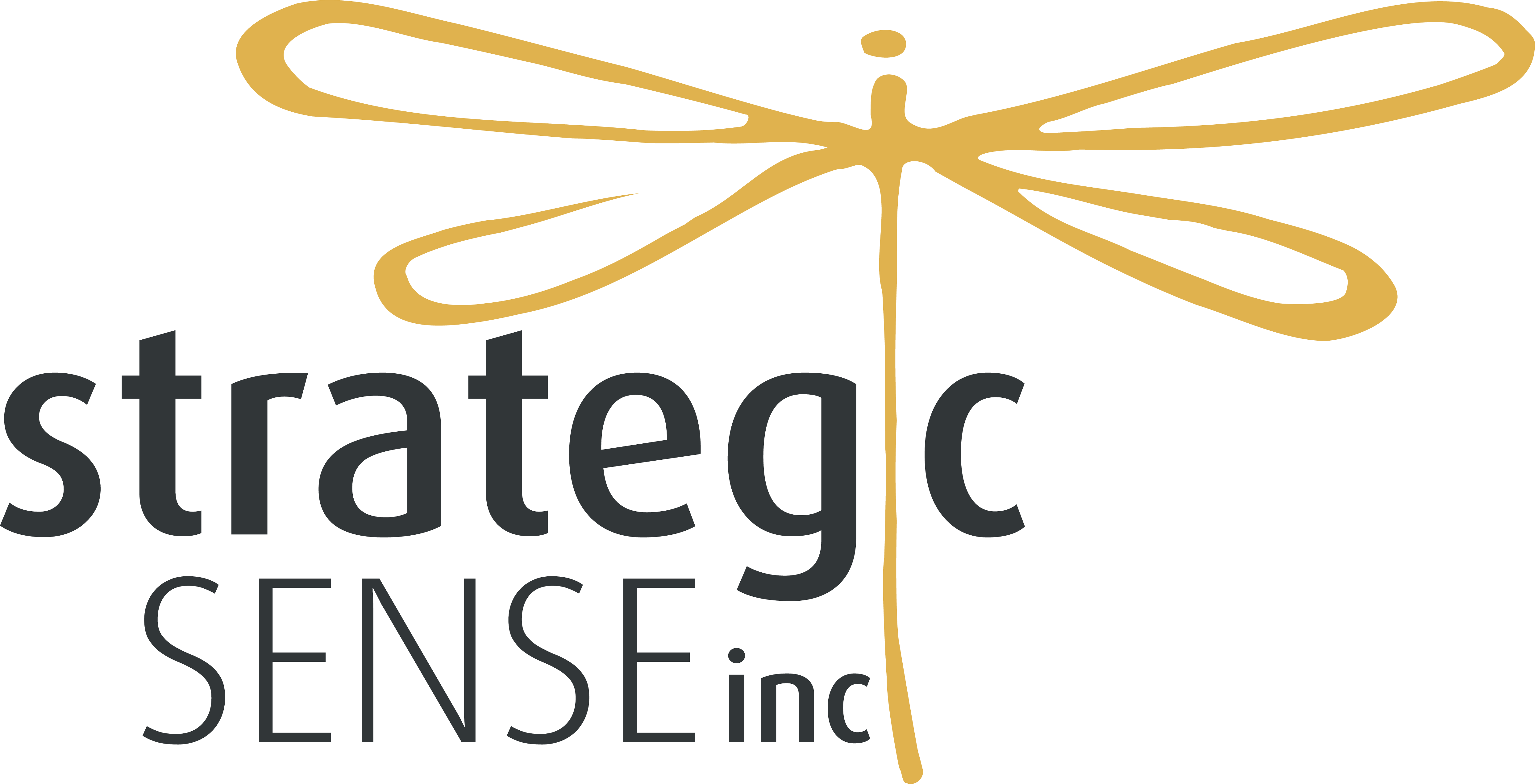
Efficiency at the cost of humanity may cause more harm to a company than good. Well-designed people strategies and tactical action among teams as aligned with efficiency models, yes, but let’s not try to solve productivity with the implementation of software if people strategies have not been considered in the overall plan.
Let’s decode this from the corporate speak…
If you are going to buy the software there needs to be a plan in place for the people who use it!
Case in Point
Shared with us in a meeting this week was the sad story of an organization who indeed did buy a software solution but put no plan in place for the people who will use it. That plan would have involved the following:
- Communicate: Know the desired outcomes for the software and how it is intended to be used, then convey it to the people who will be using it. (Vision)
- Implement well: A lot of software has multi-level offerings which allow the product to scale along with your company’s growth by providing additional plugins and add-ons to increase functionality. Hire someone from the vendor site to come in and assist the project team in implementing the solution. Target specific needs and functionality to meet desired outcome. As an added change management strategy, ensure that front line users and decision makers are included in design workshops to make sure the tool is being built and rolled out to meet actual need. This will simplify the task for your IT team who are unfamiliar with the software and generate increased buy-in as teams get involved.
- Train: When you ask your employees to self-learn a new software, that software will not give you the bang for your buck that you were hoping for. Your team is likely too busy in their day jobs to find resources and play with the tool. Why would you want them to trade efficiency for a savings on training? Let them learn from an experienced trainer, with all the hints, tips and shortcuts provided in a day or a weekend to benefit your investment rather than the plethora of hours your team is taking away from the day-job as they navigate their way through self-tutelage.
Non-technical people often make the assumption that those who appear tech-savvy instantly know how to use all technology. This, simply, is not the case and why it is so important to provide administrators and users with training and certification courses. In addition to that, you want your team using the software in a consistent manner.
If you want to realize a decent return on your investment (ROI) from your new “efficiency” or “Client Relationship Management” tools, you need to wrap some people strategy around their use. Fail that, and you fail your expected ROI.
I laugh when someone states, “That technology was a waste of money.” When more often than not, the technology was never the problem to begin with, it was the lack of people strategy around the solution.
This version of this post was also presented on Linkedin as “Your Grand Investement and Why it Fails”
[PostFooterP]
